Prevent Recurring Moths: Pro Tips for Long-Term Freedom
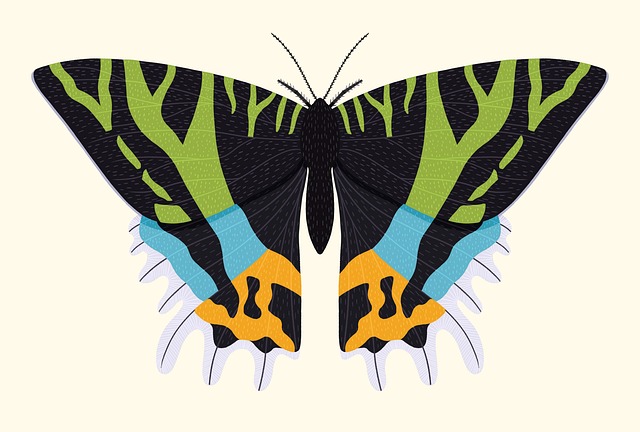
Moth infestations are common due to their ability to find shelter and food sources. Professional mot…….
Understanding Clothes Moths Removal
Clothes moths are small, winged insects that can cause significant damage to natural fibers in clothing, carpets, and other textiles. Their removal is a critical process in textile preservation, particularly in households, museums, and storage facilities. Clothes moths removal involves a combination of physical removal, environmental control, and preventative measures to ensure that the infestation does not recur. This multifaceted approach requires understanding the species of moths, their life cycles, and their preferred habitats. Historical context reveals that clothes moths have been a concern for textile care for centuries, with removal techniques evolving alongside our knowledge of these pests.
Global Impact and Trends
Clothes moths infestations are a global issue, affecting both developed and developing countries. The impact is not uniform; it varies depending on climate, the prevalence of wool and other natural fibers in a region, and the effectiveness of pest control measures. Key trends include the increased use of integrated pest management (IPM) strategies, which combine multiple methods to effectively control moth populations. The rise of sustainable textiles and the growth of online shopping have also influenced the global approach to clothes moths removal. For instance, regions with warmer climates like the tropics tend to have a higher prevalence of moth infestations due to favorable conditions for their development.
Economic Considerations
The economic implications of clothes moths infestations are significant. They can lead to substantial financial losses in the textile industry, ranging from clothing retail to museum preservation. Market dynamics are influenced by consumer awareness and the availability of effective pest control solutions. Investment patterns reflect a growing interest in sustainable and eco-friendly removal methods, as well as advanced monitoring technologies. “Clothes Moths Removal” plays a vital role in economic systems, particularly in sectors heavily reliant on textile products.
Technological Advancements
Technological advancements have significantly impacted clothes moths removal. Innovations such as pheromone traps, heat treatments, and cryogenic freezing have become standard practices in the industry. The development of biodegradable pesticides and natural enemy conservation are areas of active research, offering hope for sustainable control methods. Future potential includes the integration of artificial intelligence (AI) in monitoring systems, enabling early detection and targeted treatment.
Policy and Regulation
Policies and regulations governing clothes moths removal focus on protecting public health and preserving cultural heritage. These include strict guidelines on pesticide use, storage standards for textile goods, and import/export protocols to prevent the spread of infestations. Legislative frameworks are continually updated to reflect new scientific findings and emerging technologies in the field.
Challenges and Criticisms
Challenges in clothes moths removal include resistance to chemical treatments, the development of sustainable practices, and public compliance with control measures. Criticisms often target the environmental impact of traditional pesticides and the difficulty in eradicating moths from large collections or storage facilities. Strategies to overcome these issues involve promoting awareness, developing eco-friendly alternatives, and enhancing international cooperation for effective control.
Case Studies
Several case studies illustrate successful clothes moths removal efforts. Museums like the Smithsonian Institution have developed comprehensive protocols that combine environmental management with regular inspections to protect their collections. In private households, the integration of sealing garments, maintaining low humidity levels, and using monitoring traps has effectively managed infestations. These case studies provide valuable lessons on the importance of proactive management and the adaptation of strategies to specific environments.
Future Prospects
The future outlook for clothes moths removal is promising, with a focus on integrated and sustainable approaches. Emerging trends include the use of biocontrol agents, improved detection methods using IoT devices, and advancements in genetic engineering to develop moth-resistant textiles. Strategic considerations involve the need for ongoing research, public education programs, and international cooperation to manage this global issue effectively.
Conclusion
In conclusion, clothes moths removal is a critical aspect of textile preservation, with significant implications across various sectors. Understanding the core components of effective removal strategies, staying abreast of technological advancements, adhering to regulations, and addressing challenges are all essential for safeguarding textiles against this persistent pest. The future of clothes moths removal is one of integration, sustainability, and innovation, ensuring the protection of both cultural heritage and personal belongings.
FAQ Section
What are clothes moths?
Clothes moths are small insects that feed on natural fibers like wool, silk, and cotton. They include species such as the casemaking clothes moth and the webbing cloth moth.
How do I identify a clothes moth infestation?
Signs of an infestation include finding small, winged moths or their larvae in or around fabrics, as well as noticeable holes or damage to textiles.
What are the best methods for removing clothes moths?
Effective removal strategies include using pheromone traps, employing low-humidity environments, applying eco-friendly treatments, and occasionally heat treating affected garments or items.
Can clothes moths live in a clean home?
Yes, clothes moths do not necessarily indicate a dirty environment; they can thrive in both clean and cluttered spaces. Their presence is more indicative of the presence of their food source: natural fibers.
Are there natural ways to prevent or control clothes moth infestations?
Yes, natural prevention methods include storing garments in airtight containers, using cedarwood or lavender sachets as deterrents, and regularly cleaning areas where textiles are stored.
How often should I inspect my clothing for signs of moths?
It’s advisable to periodically check your garments, especially seasonally, and any stored textiles at least once a year for any signs of infestation.
What are the consequences if clothes moths are left untreated?
If left untreated, clothes moths can cause significant damage to valuable textiles, leading to financial loss, the need for textile replacement, and potential health risks due to compromised fabric integrity.

Moth infestations are common due to their ability to find shelter and food sources. Professional mot…….

Commercial moth removal offers a multi-faceted approach to protect textiles and clothing from infest…….
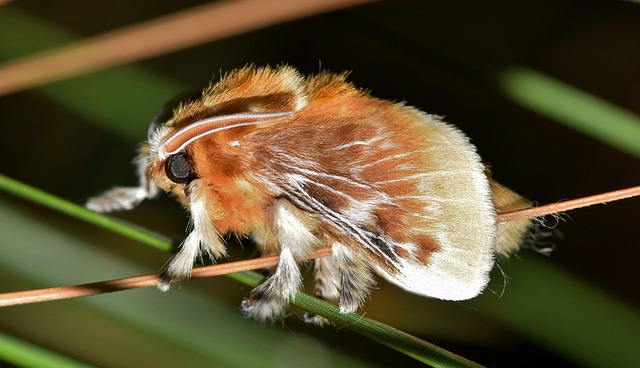
Clothes moth infestations by webbing (Tineola bissellae) and case-bearing (Tinea pellionella) moths…….
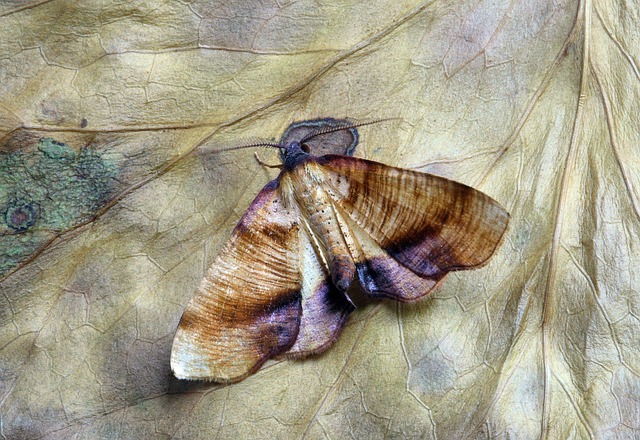
Clothes moths are household pests that thrive in dark, humid spaces, causing fabric damage. Preventi…….
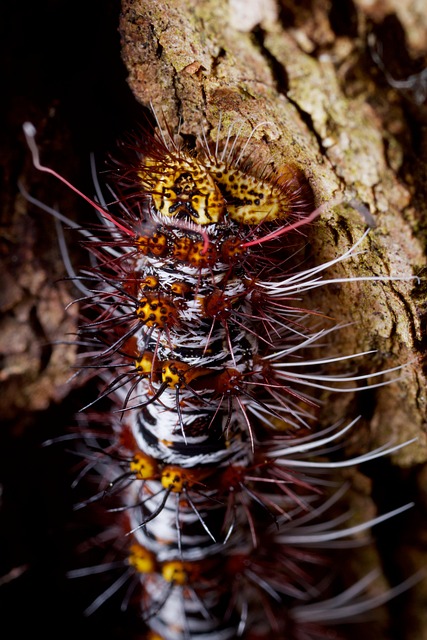
Clothes moths, drawn to dark, humid spaces, damage natural fabrics through larval weaving and pillin…….

Recurring moth infestations are a common household pest issue driven by food sources, moisture, and…….
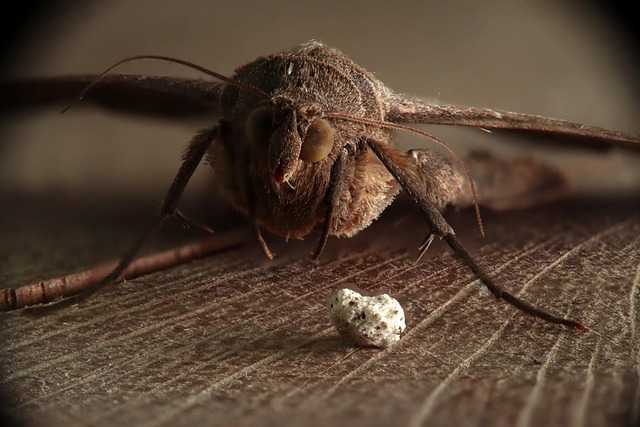
Clothes moths can cause severe textile damage, but professional moth extermination services offer ef…….
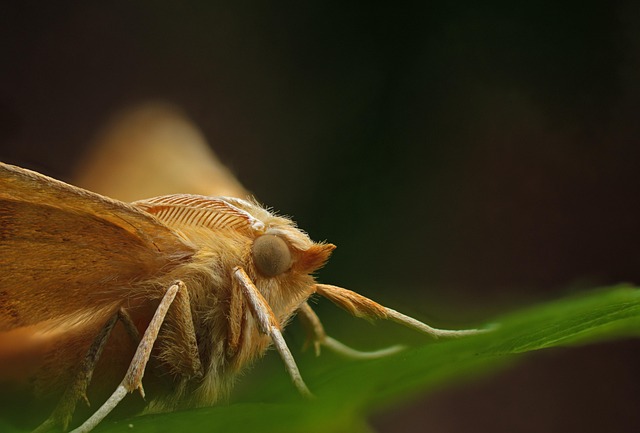
Clothes moths, drawn to dark, quiet spaces with natural fibers, cause significant fabric damage. Eco…….
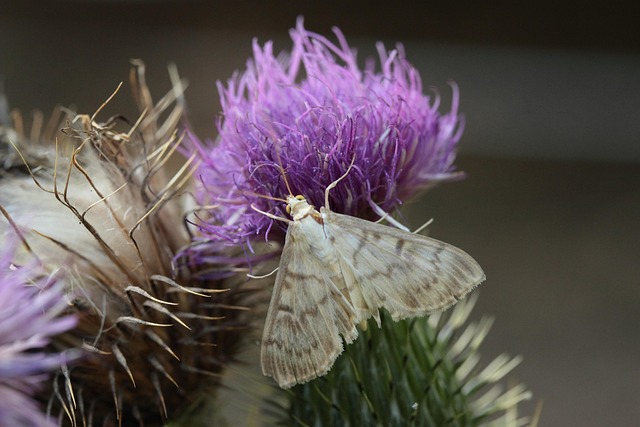
Clothes moth infestations, often unnoticed due to their tiny size and hiding places within fabrics,…….
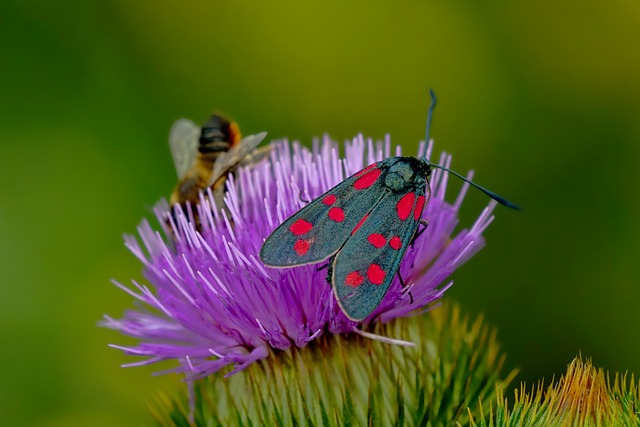
Clothes moths cause severe fabric damage by feeding on natural fibers; early detection is key. They…….